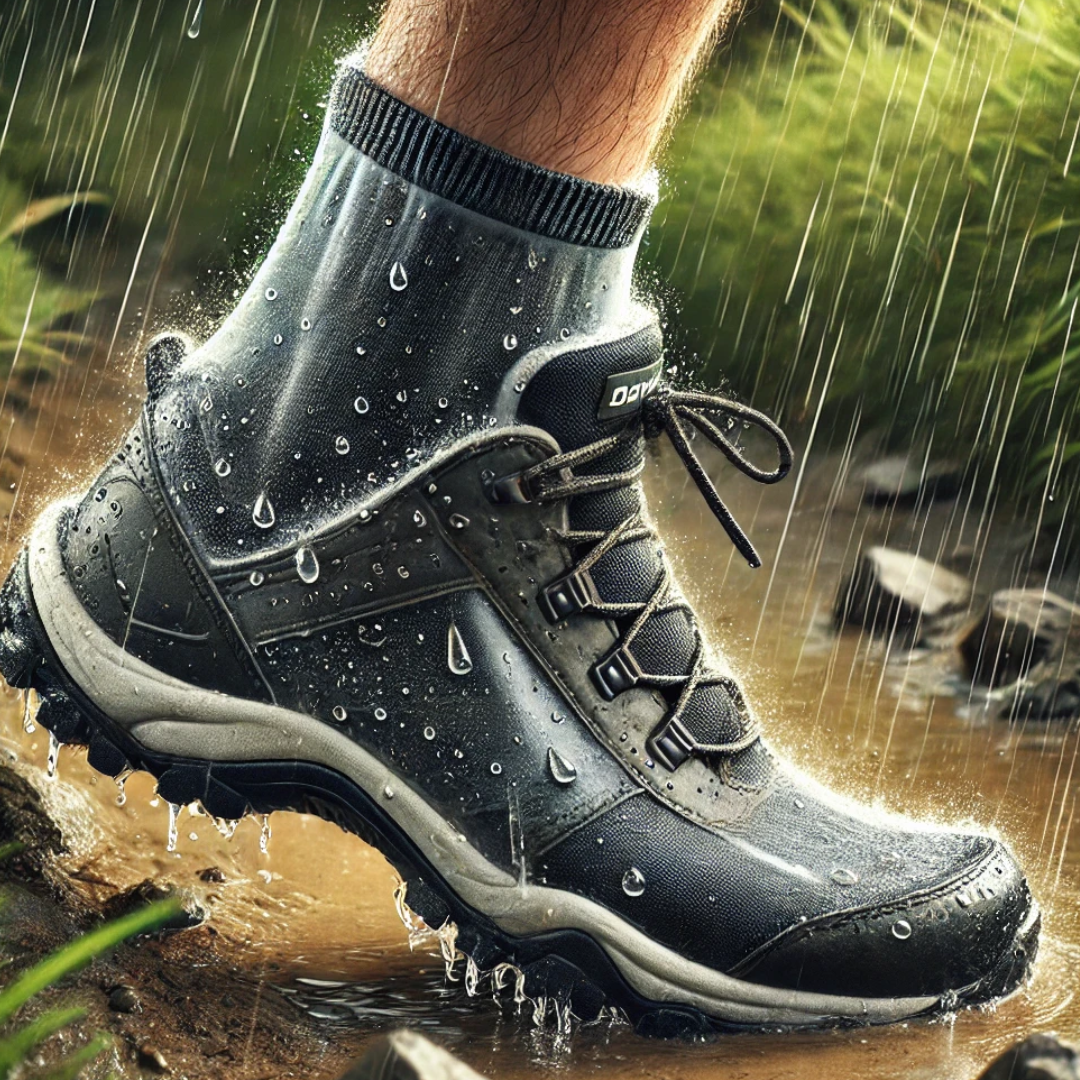
How Do Waterproof Socks Work?
When you're golfing on muddy fairways, cycling in the rain, or running through wet grass, having wet feet can be uncomfortable and even harmful.
Blisters, cold feet, and soggy discomfort are just some of the issues that come with being exposed to water. That’s where waterproof socks come into play. But how do waterproof socks work?
Let’s break down the technology that make these innovative socks a must-have for outdoor enthusiasts.
The Secret Behind Waterproof Socks: Multi-Layer Construction
Waterproof socks are carefully engineered to provide maximum protection against external moisture while ensuring your feet stay dry and comfortable.
The key to their effectiveness lies in their unique multi-layer construction. Here’s how the different layers work together to keep your feet dry:
Outer Layer
The outer layer of waterproof socks is made from durable, resistant materials. This layer is designed to protect the inner components from wear and tear, ensuring the socks can withstand rugged conditions.
It’s usually made from a blend of synthetic materials like nylon or elastane, which provide flexibility, strength, and resistance to external elements like mud and rain.
Waterproof Membrane
The middle layer is the star of the show: a thin, waterproof membrane that acts as a barrier to water.
This membrane is often made from advanced materials like polyurethane or a proprietary waterproof fabric. The membrane has microscopic pores that are large enough to let moisture vapour (like sweat) escape but small enough to prevent water droplets from penetrating.
This technology ensures your feet stay dry from both external moisture and internal perspiration.
The membrane’s breathability is crucial. If the waterproof layer didn’t allow sweat to escape, your feet would quickly become damp and uncomfortable.
The breathable design ensures that moisture vapour can leave the sock, keeping your feet dry and fresh even during intense activities.
Inner Layer
The inner layer of waterproof socks is made from a moisture-wicking, comfortable material like merino wool, bamboo fibres, or a soft synthetic blend.
This layer sits directly against your skin and works to wick away sweat, pulling moisture away from your feet and into the breathable membrane, where it can evaporate.
The inner layer also provides a soft and comfortable feel, ensuring that your feet remain cushioned and warm when needed.
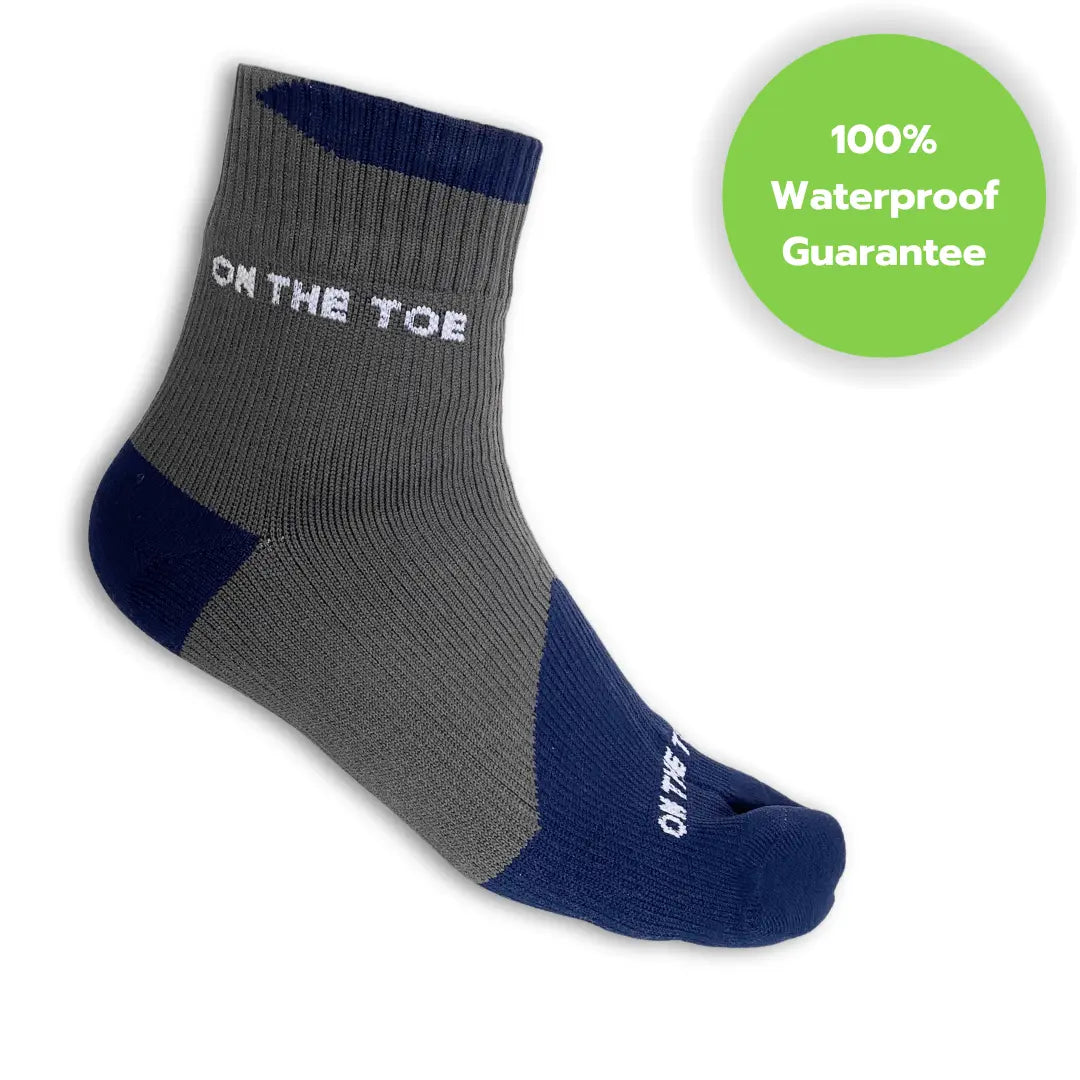
8 reviews
Wallington - Waterproof Cold Weather Socks
Regular price
£17.99
Regular price
Sale price
£17.99
Unit price
/
per
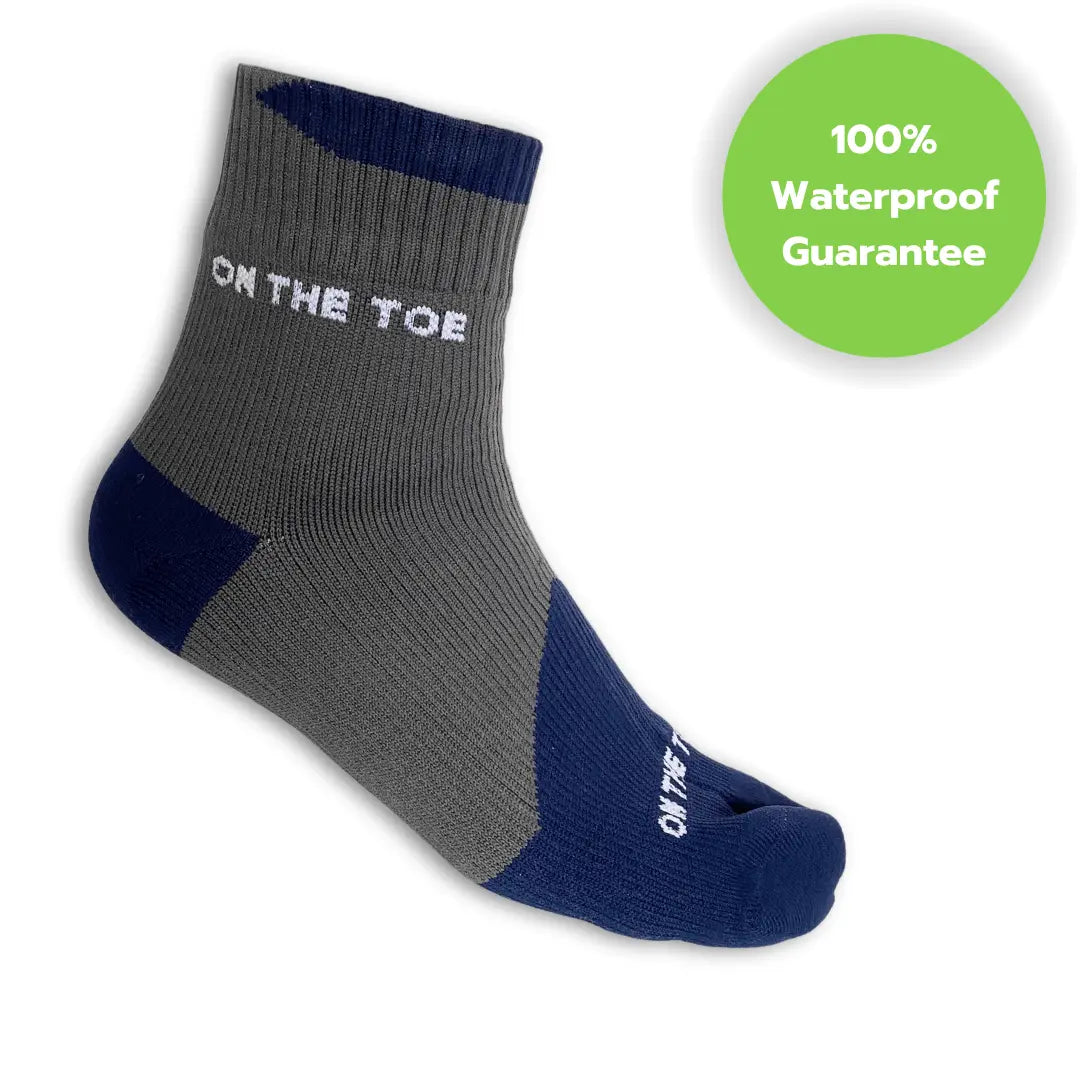
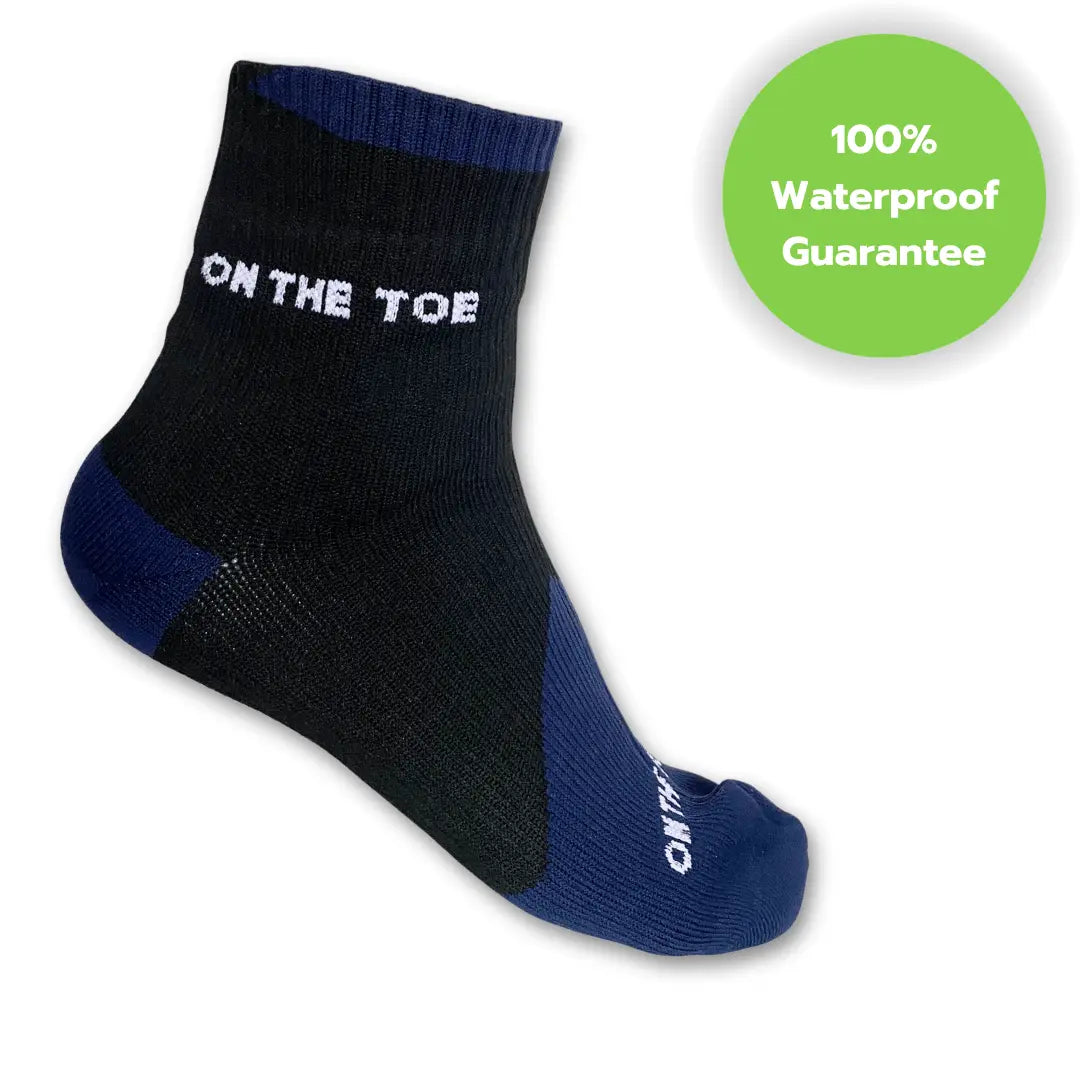
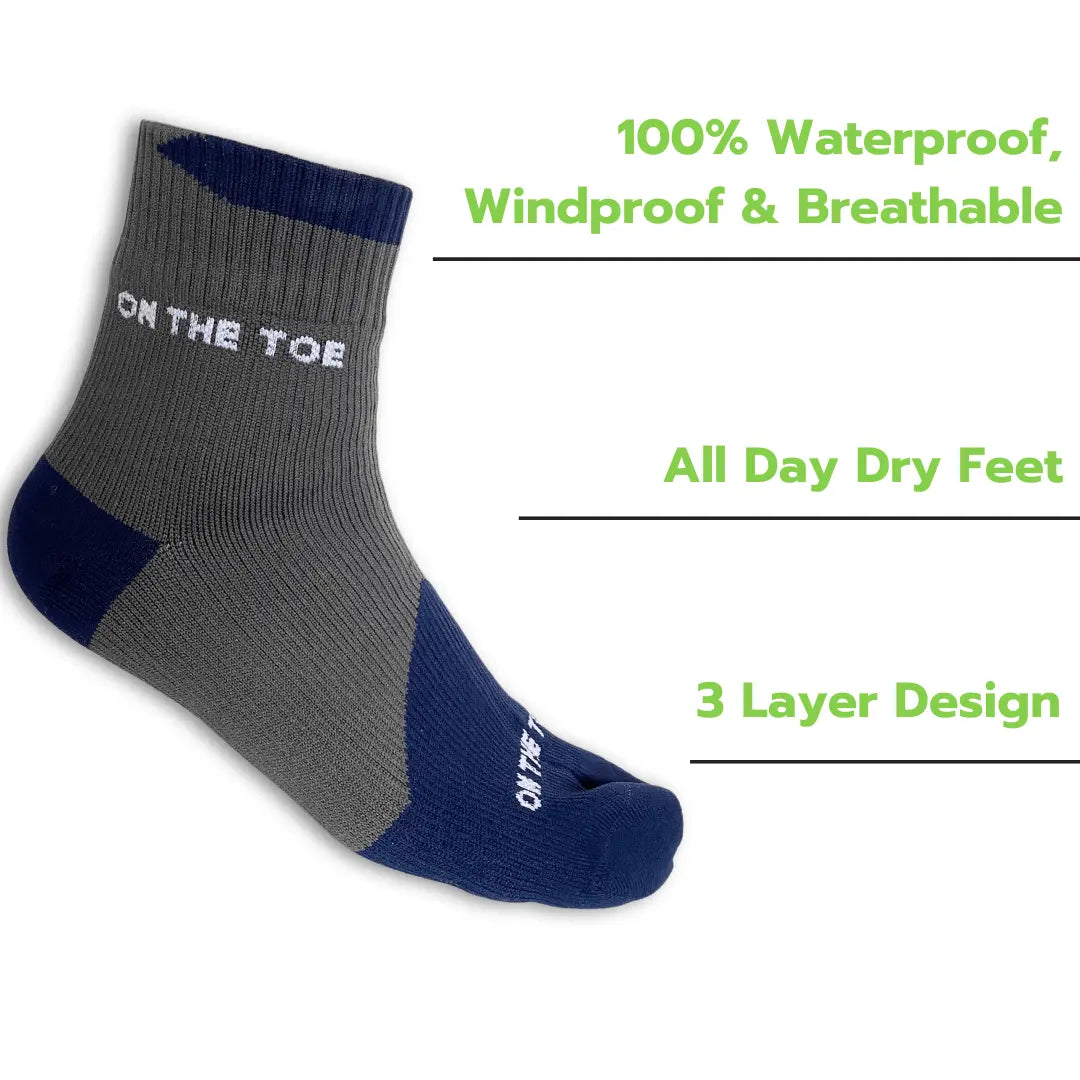


How Waterproof Socks Keep Your Feet Dry
The combination of these three layers creates a powerful system for keeping your feet dry and comfortable in wet conditions. Here’s a closer look at how this works:
Blocking Water from the Outside
When you step into a puddle or walk through the rain, water droplets cannot penetrate the waterproof membrane.
The tiny pores in the membrane are small enough to block water, keeping moisture from the outside from reaching your feet.
Wicking Away Sweat from the Inside
As your feet generate sweat, the moisture-wicking inner layer pulls the sweat away from your skin and transports it to the waterproof membrane.
The breathability of the membrane allows this moisture vapour to escape, preventing your feet from feeling clammy or overheated.
Durability for Rugged Conditions
The outer layer ensures that the sock remains tough and durable, protecting the inner layers from abrasion and external elements.
This makes waterproof socks suitable for a wide range of activities, from trail running to mountain biking and even snow sports.
Are Waterproof Socks Really Waterproof?
Yes, waterproof socks are truly waterproof when used correctly. The waterproof membrane is highly effective at keeping external water out, even when submerged in shallow water or exposed to heavy rain.
However, it’s important to note that while the socks are waterproof, water may still enter through the top if it gets inside your shoes or if your socks are not covered properly.
Benefits of Waterproof Socks
Waterproof socks offer numerous advantages for outdoor enthusiasts and athletes, including:
- Dry Feet: The primary benefit is, of course, keeping your feet dry. This helps prevent blisters, chafing, and discomfort caused by wet socks.
- Temperature Regulation: The breathable membrane helps regulate temperature, ensuring your feet don’t overheat during intense activity while keeping them warm in colder conditions.
- Versatility: These socks are perfect for a wide range of activities, making them a practical addition to any outdoor wardrobe.
